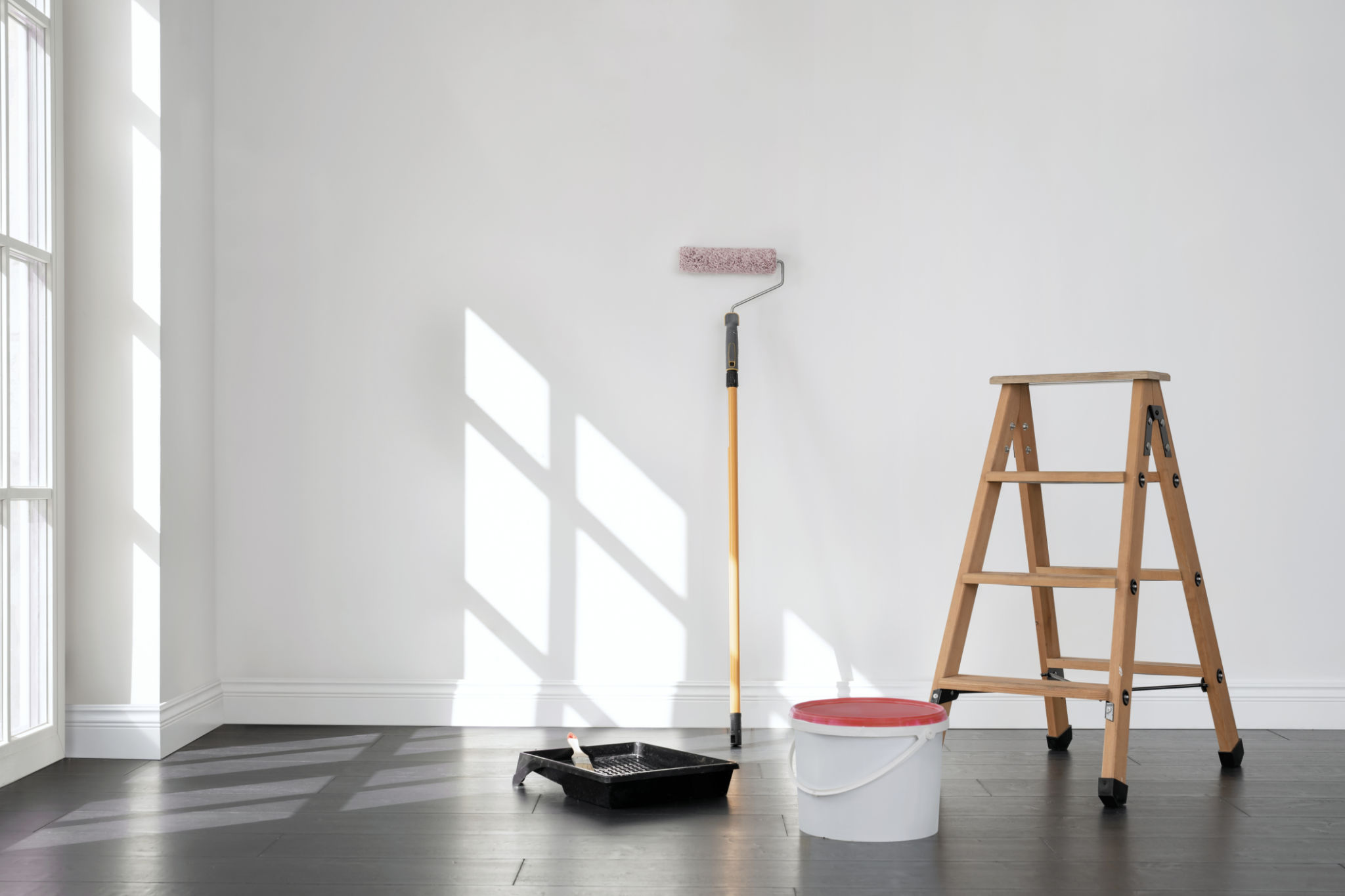Seasonal Painting Tips: How to Prepare Your Home for the Best Results
Understanding Seasonal Painting
Painting your home can transform its appearance, but achieving the best results often depends on the season. Each season presents unique challenges and opportunities for painting projects. Understanding these can ensure a smooth process and a long-lasting finish.
The weather conditions during different seasons can impact the drying time, adhesion, and finish quality of the paint. By preparing your home properly, you can enhance the durability and aesthetics of your paint job.

Spring: The Perfect Time for Exterior Painting
Spring is a popular season for exterior painting. The moderate temperatures and low humidity levels create ideal conditions for paint to adhere well and dry evenly. However, it's crucial to choose a period with little rain in the forecast.
Prior to painting, inspect your home's exterior for any damage caused by winter weather. Repair any cracks or peeling paint. Cleaning the surface is also essential; use a power washer to remove dirt and mildew.
Choosing the Right Paint
Selecting the appropriate paint is vital for a successful exterior project. Opt for high-quality, weather-resistant paint that can withstand the elements. Consider using paints with UV protection to prevent fading from sunlight exposure.

Summer: Ideal for Quick Drying
Summer's warm weather is excellent for quick-drying paint, but high temperatures and humidity can pose challenges. To avoid issues, paint during early morning or late afternoon when it's cooler.
Ensure that surfaces are well-prepared. Remove any flaky paint, sand rough areas, and apply a primer if necessary. This preparation will help the new paint layer adhere better and last longer.
Hydration for Best Results
Painting in summer requires extra attention to hydration. Keep yourself and the painted surfaces hydrated. Use a damp cloth to wipe surfaces before painting to maintain moisture levels, preventing the paint from drying too fast and cracking.

Fall: Balancing Temperature and Moisture
Fall offers mild temperatures, making it another great season for painting. However, it's essential to monitor humidity levels as they can fluctuate significantly, affecting the drying process.
Before starting, check the weather forecast to ensure there are at least a few dry days ahead. This will give your paint enough time to cure properly without interference from rain or dew.
Color Selection
Fall is perfect for experimenting with warm and earthy tones that complement the natural surroundings. Consider how the changing leaves will interact with your chosen colors, creating a harmonious look with your environment.
Winter: Interior Painting Opportunities
While exterior painting is challenging in winter due to cold temperatures, it's an excellent time for interior projects. With proper ventilation, indoor painting can be completed efficiently as there is less humidity indoors.
Prepare your interiors by cleaning walls and repairing any imperfections. Consider using low-VOC paints, which are less toxic and more environmentally friendly, especially in enclosed spaces.

Lighting Considerations
Winter days are shorter with less natural light; therefore, ensure adequate artificial lighting to properly see the colors you are working with. This helps in avoiding uneven coverage or missed spots.
By following these seasonal painting tips, you can ensure that your home looks its best all year round. Each season brings unique advantages and challenges, but with careful planning and preparation, you can achieve outstanding results in any weather.
